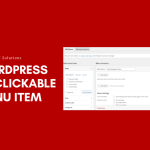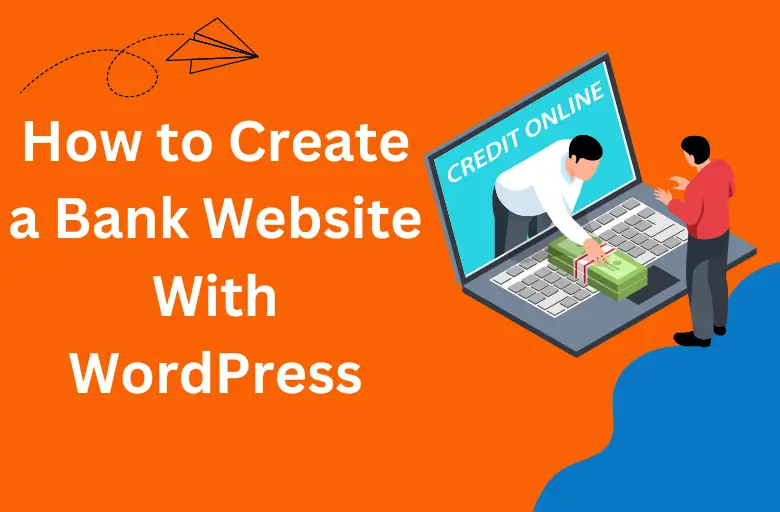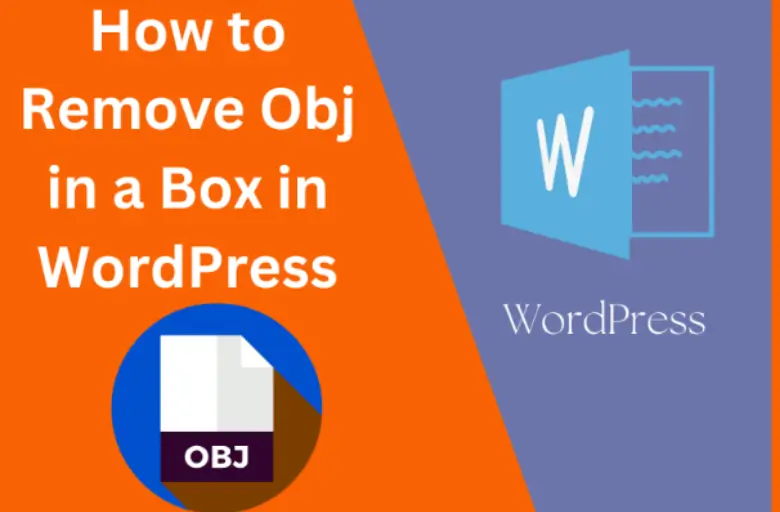Assuming you would like a step-by-step guide on creating a bank website using WordPress:
1. Firstly, you will need to purchase a domain name and hosting for your website. Once you have done this, you can install WordPress onto your site.
2. There are then a few different routes you can take in terms of choosing a theme and plugins for your website.
If you want to create a more unique website, then you may opt for a paid theme and customize it to suit your needs.
Alternatively, there are many free themes and plugins available which can be easily installed and configured.
3. Once you have chosen and installed your theme, it is then time to start adding content to your website.
You will need to create pages for each section of your site, such as an ‘About Us’ page, as well as add blog posts regularly. Be sure to optimize your content with keywords so that it is visible in search engines.
- Choose a domain name for your bank website
- This will be the address people use to find your site on the internet
- Find a web hosting service that meets your needs
- This is where your website’s files will be stored and accessed by visitors
- Install WordPress onto your server
- This will be the software you’ll use to create and manage your bank website
- Find and install a WordPress theme for banks or financial institutions
- This will determine the overall look and feel of your site
- Configure WordPress settings as needed for your bank website requirements such as setting up pages, menus, etc
- Add content to your bank website such as text, images, videos, etc
- You can also add features like online banking forms, calculators, etc
Is WordPress Good for Banking?
WordPress is a popular content management system (CMS) that powers millions of websites and applications.
Though it’s most commonly associated with blogging, WordPress can be used for a wide variety of website types, including ecommerce stores, portfolios, news sites, and more. But what about using WordPress for banking?
Is WordPress good for banking? Generally speaking, WordPress is a good platform for banking websites. It offers a high degree of flexibility and functionality, making it easy to create a robust online banking experience.
Plus, since WordPress is so widely used, there’s a large community of developers and designers who can help customize or troubleshoot your site if needed.
However, there are some potential drawbacks to keep in mind when using WordPress for banking. First, since WordPress is open source software, it’s important to make sure your site is properly secured against potential hackers.
Second, because WordPress sites are often database-driven (meaning they rely on a MySQL database to store data), they can be slower than static HTML sites.
Overall, though, WordPress is a good option for creating an online banking experience.
How to Create a Website for a Bank?
It is no secret that banks are some of the most trusted institutions in our society.
They hold our money, manage our investments, and provide us with financial advice and guidance. But what if your bank didn’t have a website?
In today’s digital world, having an online presence is essential for any business – including banks. Creating a website for your bank doesn’t have to be complicated or expensive.
With a few simple steps, you can have a professional-looking website up and running in no time.
Here’s how:
1. Choose a domain name:
Your domain name should be easy to remember and reflective of your brand. If you’re not sure where to start, try using your bank’s name or location as your domain.
2. Find a web hosting provider:
Once you have chosen a domain name, you’ll need to find a web hosting provider. This is the company that will store your website’s files and make them accessible to visitors on the internet.
Many web hosts offer special deals for businesses, so be sure to shop around before making your decision.
3. Design your website:
You don’t need to be a professional designer to create a beautiful website – there are plenty of templates available that make it easy to get started. Just choose one that reflects the look and feel of your brand, then add your own logo, images, and content.
4. Promote your website:
Make sure potential customers can find your new website by promoting it on social media, in local directories, and through search engine optimization (SEO).
By following these steps, you can easily create a professional-looking website for your bank – without breaking the budget!
What is the Purpose of a Bank Website?
There are a few different purposes of a bank website. The most obvious purpose is to allow customers to access their account information and conduct transactions.
This includes things like checking account balances, transferring money, paying bills, and so on.
Another purpose of a bank website is to provide general information about the bank and its products and services.
This might include things like the history of the bank, its mission statement, details about specific products and services, interest rates, fees, etc.
Finally, some banks use their websites as a way to attract new customers by offering special deals or promotions.
What are the Advantages of Using Bank Services Through Bank’S Website?
There are many advantages of using bank services through a bank’s website. One advantage is that it is very convenient. Customers can access their accounts and conduct transactions anytime, anywhere.
Another advantage is that it is safe and secure. Banks use the latest security technologies to protect their customers’ information.
Additionally, online banking often comes with additional features such as bill pay and account alerts.
These features can save customers time and money.
How to Create Online Banking Website
Are you looking to create an online banking website? This can be a great way to offer your customers convenience and 24/7 access to their accounts.
Plus, it can help you save on costs associated with traditional brick-and-mortar banking.
Here’s how to get started:
1. Choose a domain name and web hosting provider. Your domain name should be reflective of your brand and easy for customers to remember.
As for web hosting, choose a reliable provider that offers good uptime and security features.
2. Create the site’s design and layout. Keep things clean and simple so that visitors can easily find what they’re looking for.
Include clear calls-to-action (e.g., “Log In” or “Sign Up”) on every page.
3. Build out the functionality of the site. This will include creating account login pages, developing bill pay capabilities, etc.
If you’re not sure how to do this yourself, consider hiring a web developer or using software with pre-built templates (like WordPress).
4. Promote your new online banking site! Make sure your existing customers are aware of the switch by sending out emails, running ads, or even holding in-person events at your branch locations (if applicable).
Hope this post helps you to generate idea about How to Create a Bank Website With WordPress, you may also like our Gutenberg tutorial here Gutenberg, Learn More about What Does a Web Designer Do on a Daily Basis
Conclusion
WordPress is a popular content management system that can be used to create a variety of different types of websites.
One type of website that can be created with WordPress is a bank website. There are several steps that need to be followed in order to create a bank website with WordPress.
First, you will need to purchase a domain name and hosting plan. Once you have done this, you will need to install WordPress on your hosting account.
After WordPress has been installed, you will need to choose a theme for your website.
There are many free and paid themes available for WordPress websites. Once you have chosen a theme, you will need to install the necessary plugins for your website.
Some plugins that may be needed include an online banking plugin, SSL certificate, and security plugins.
After all of the necessary plugins have been installed, you will need to add content to your website. This can include pages about the history of your bank, services offered, rates and fees, contact information, etc.
Once your content has been added, you can then begin promoting your website through social media and other online channels.















